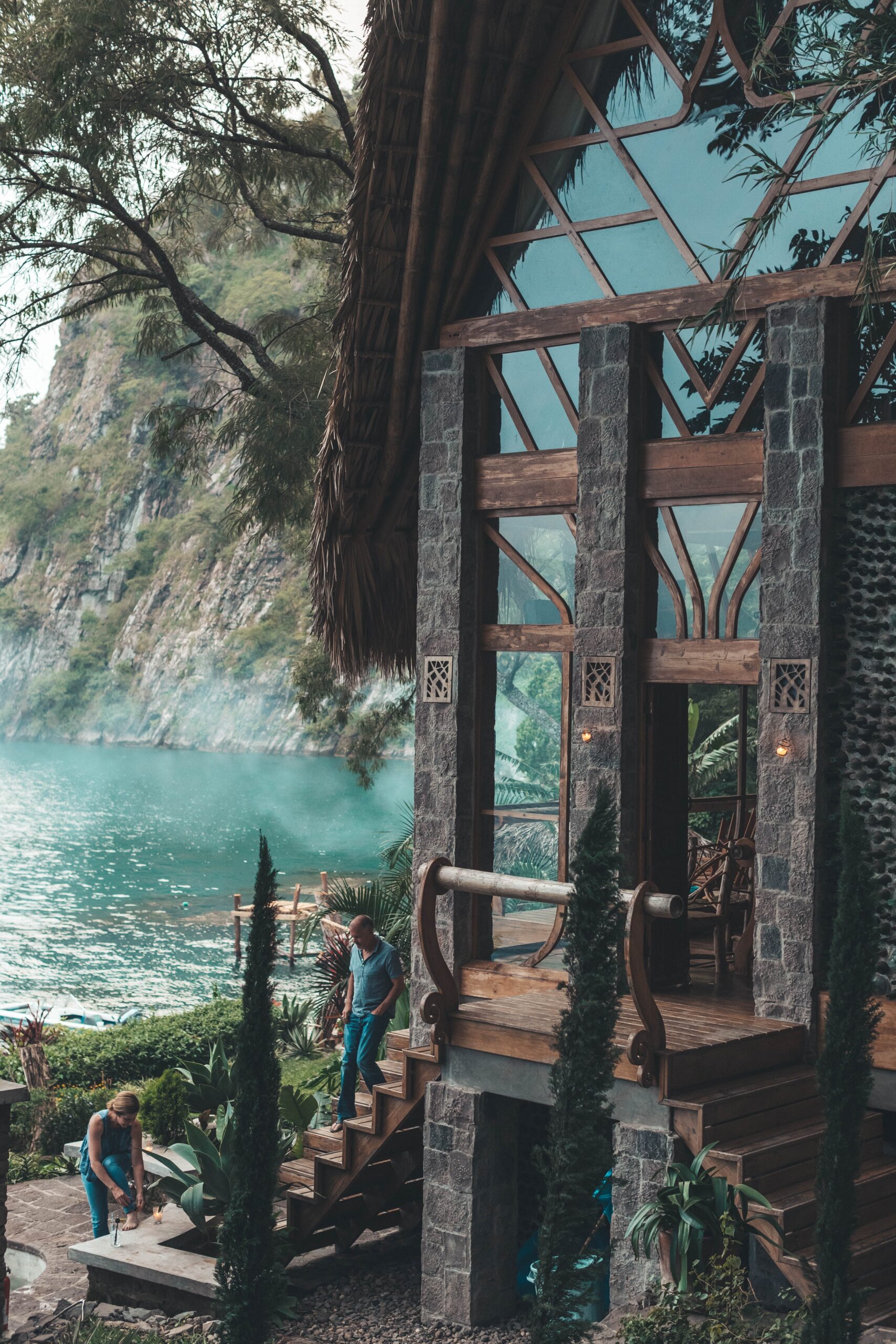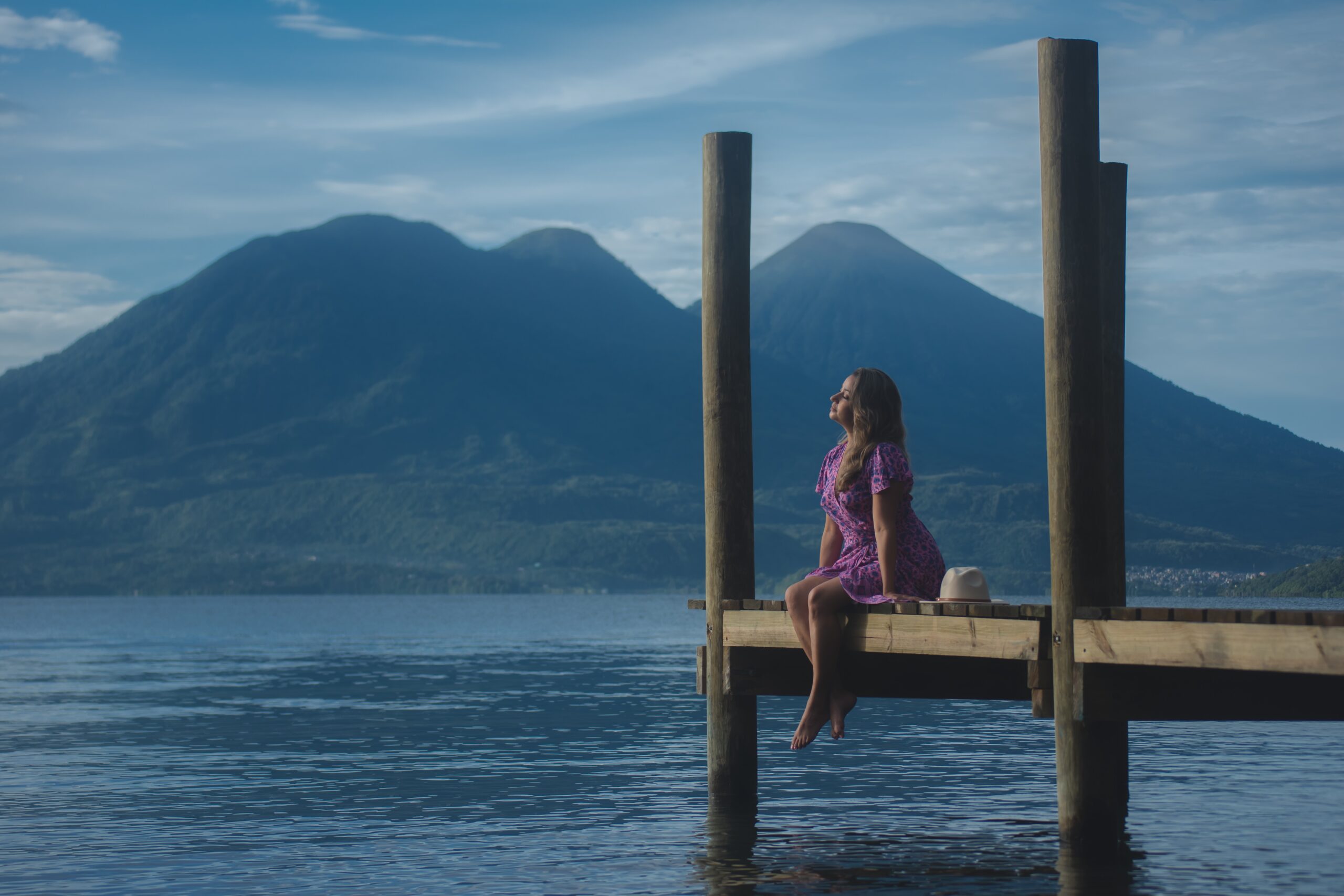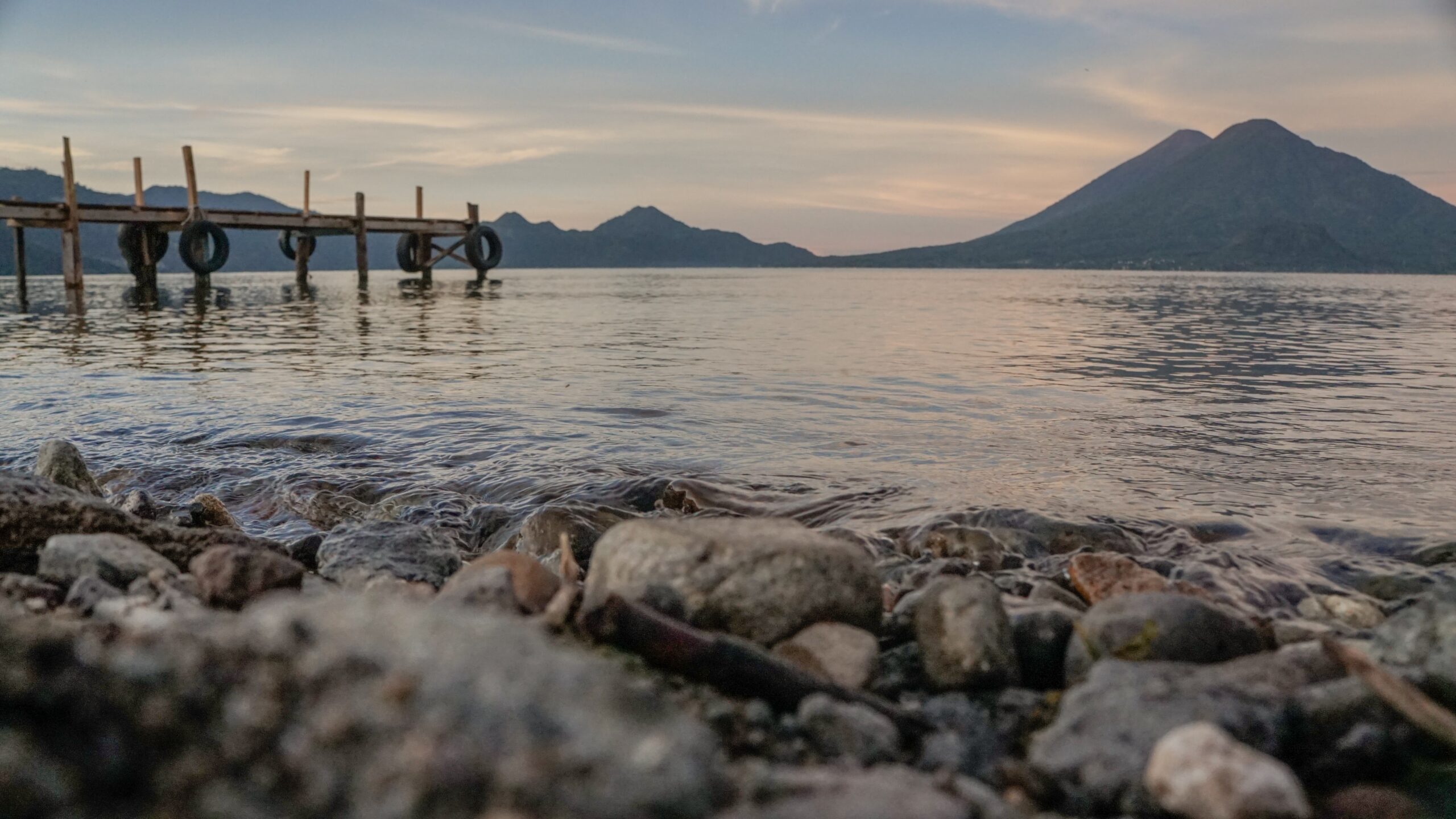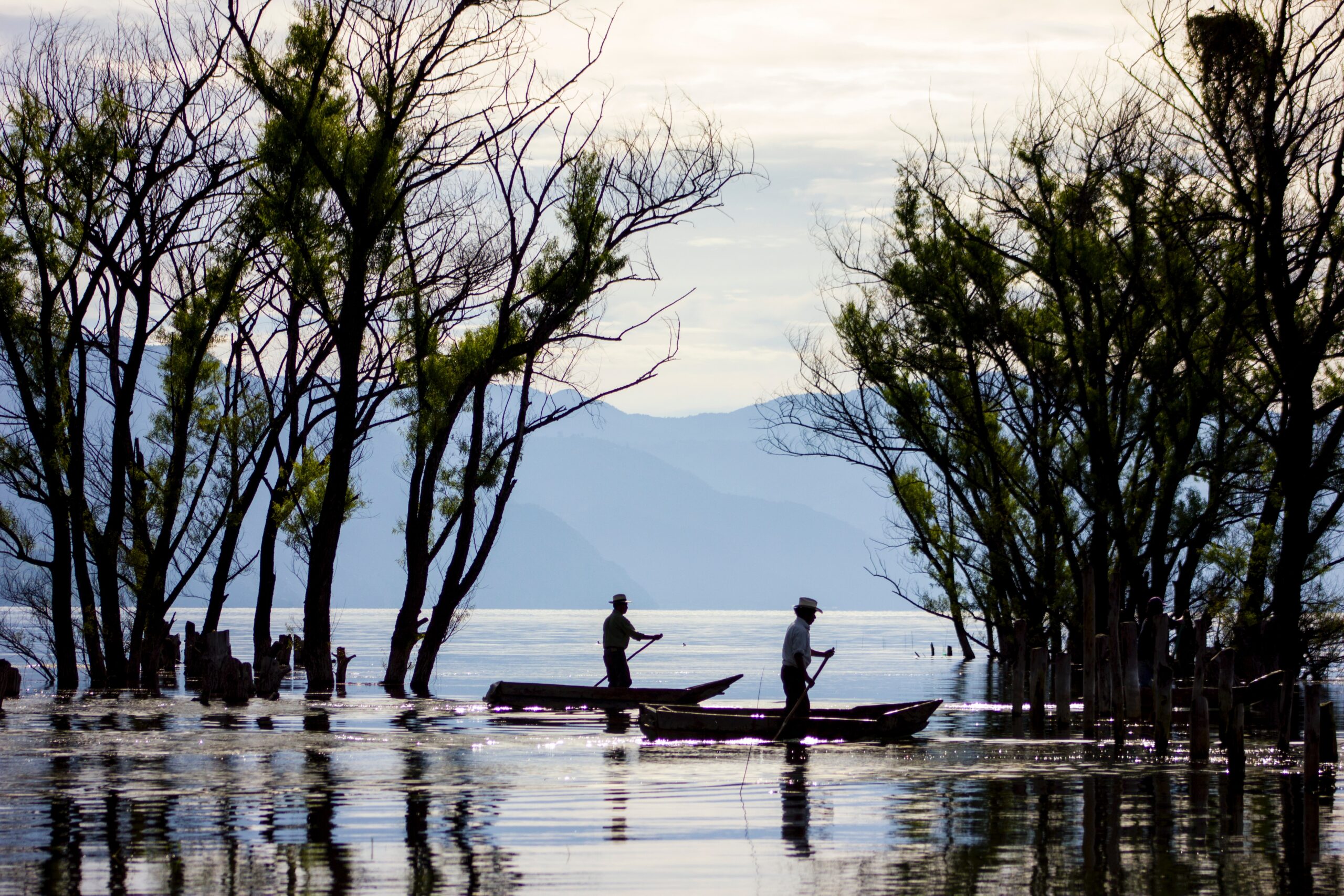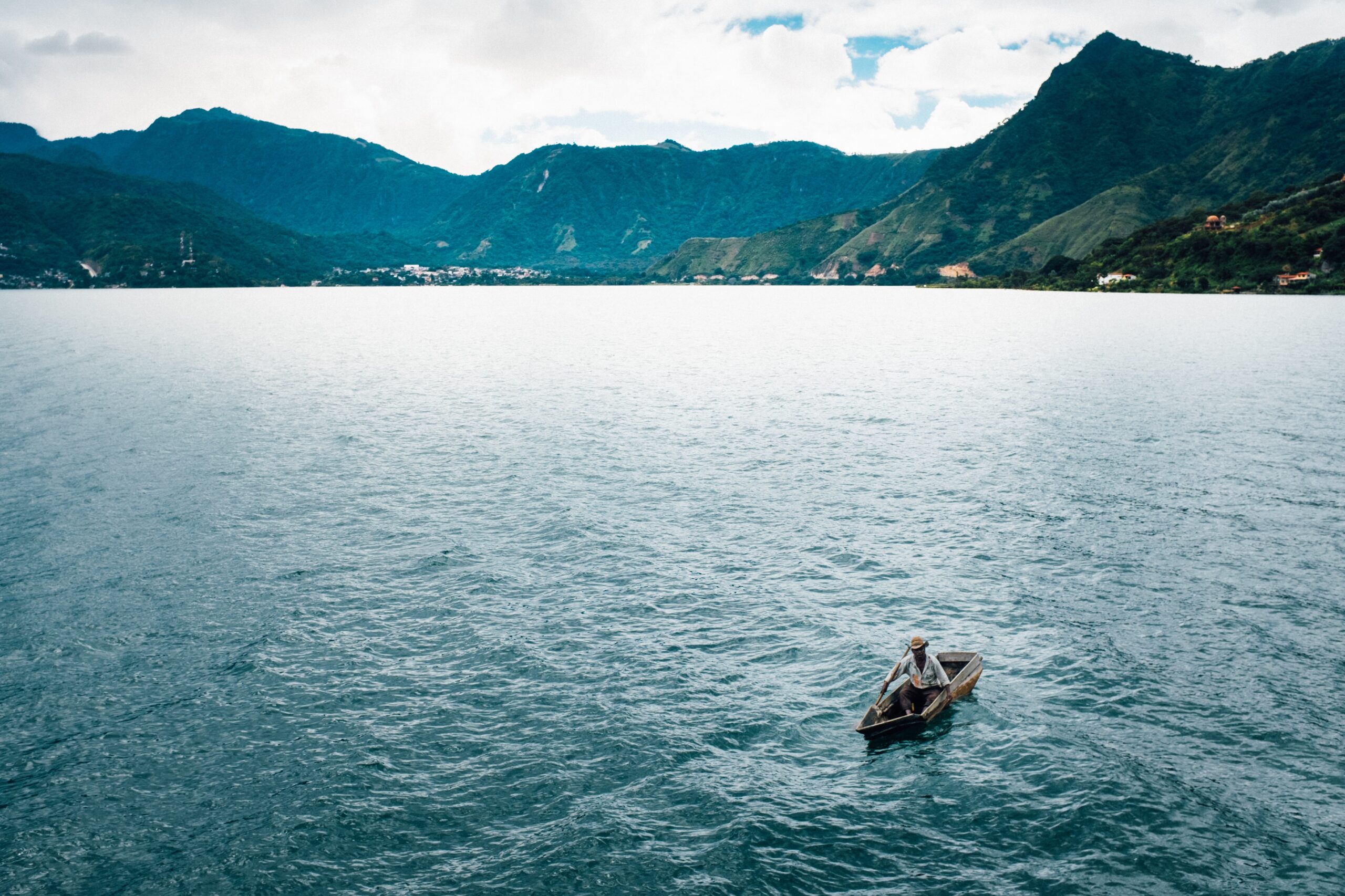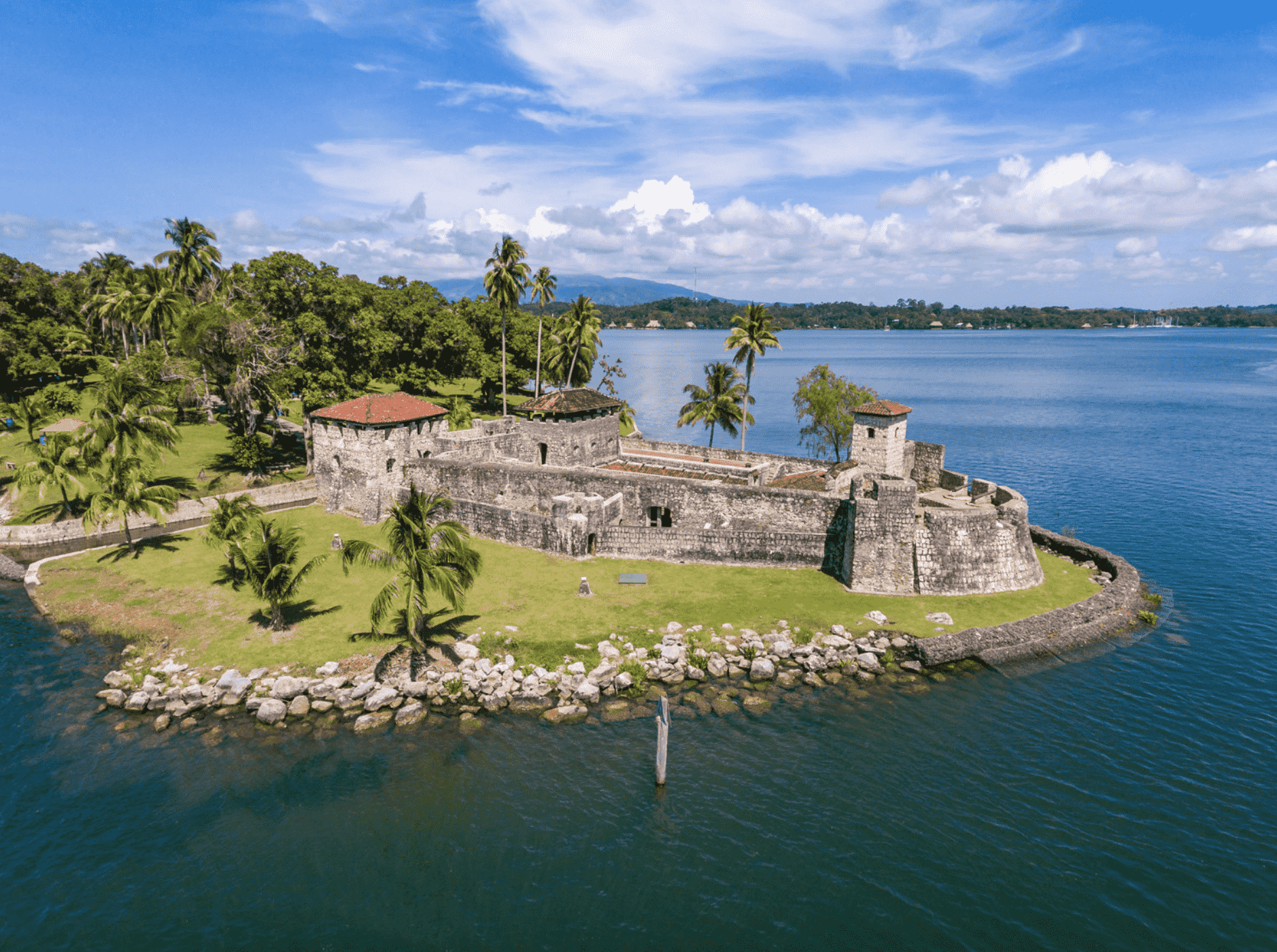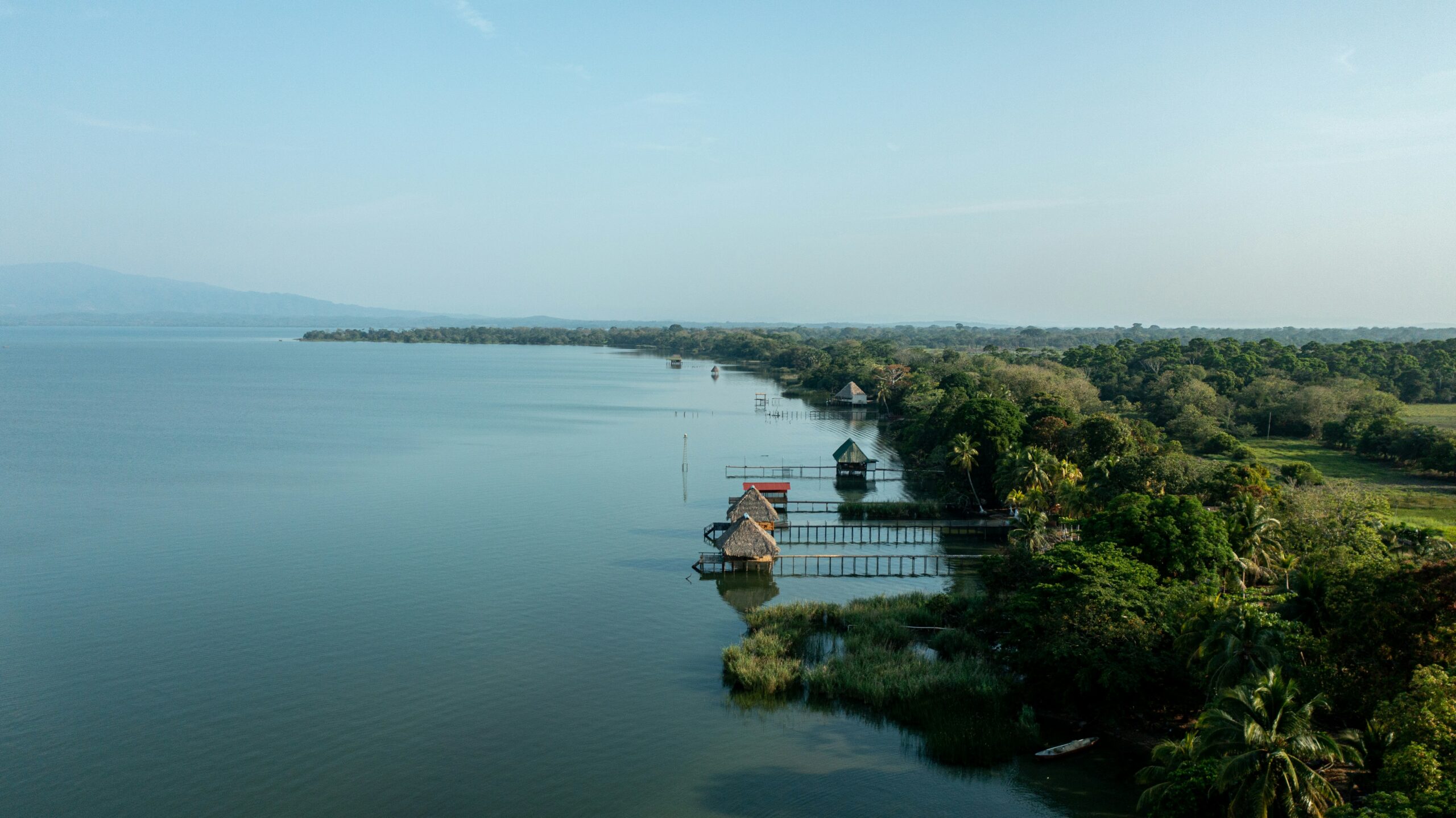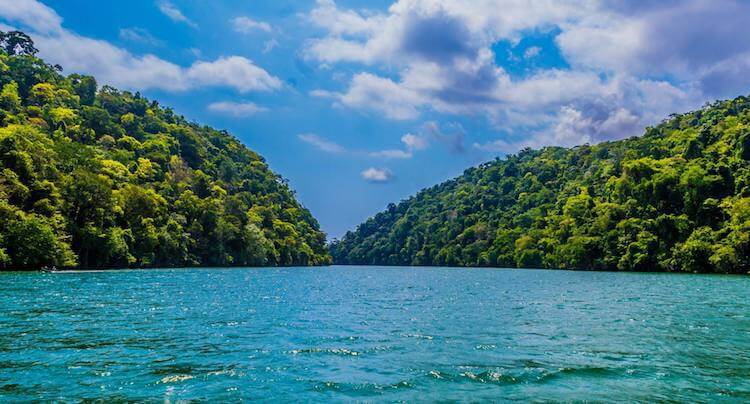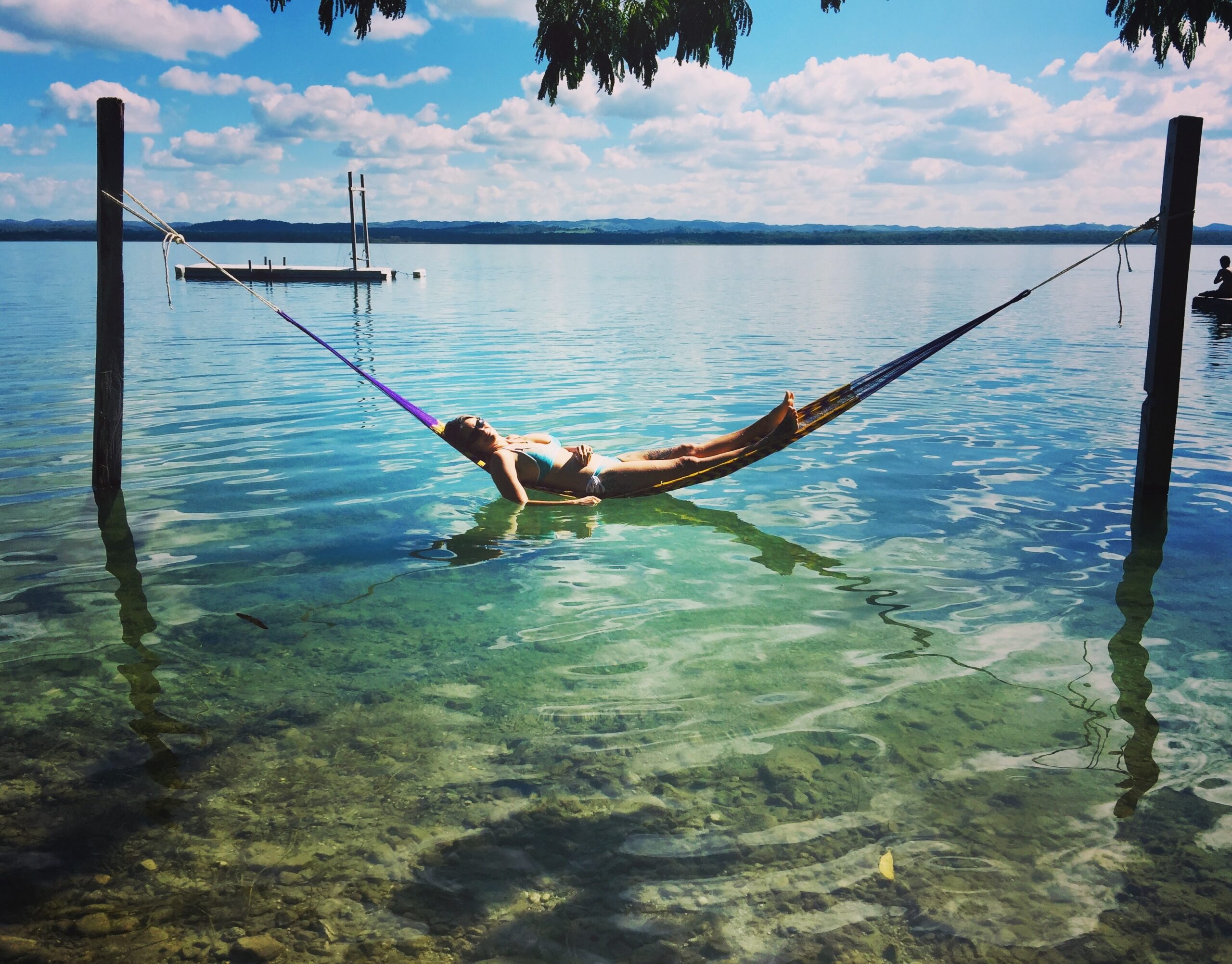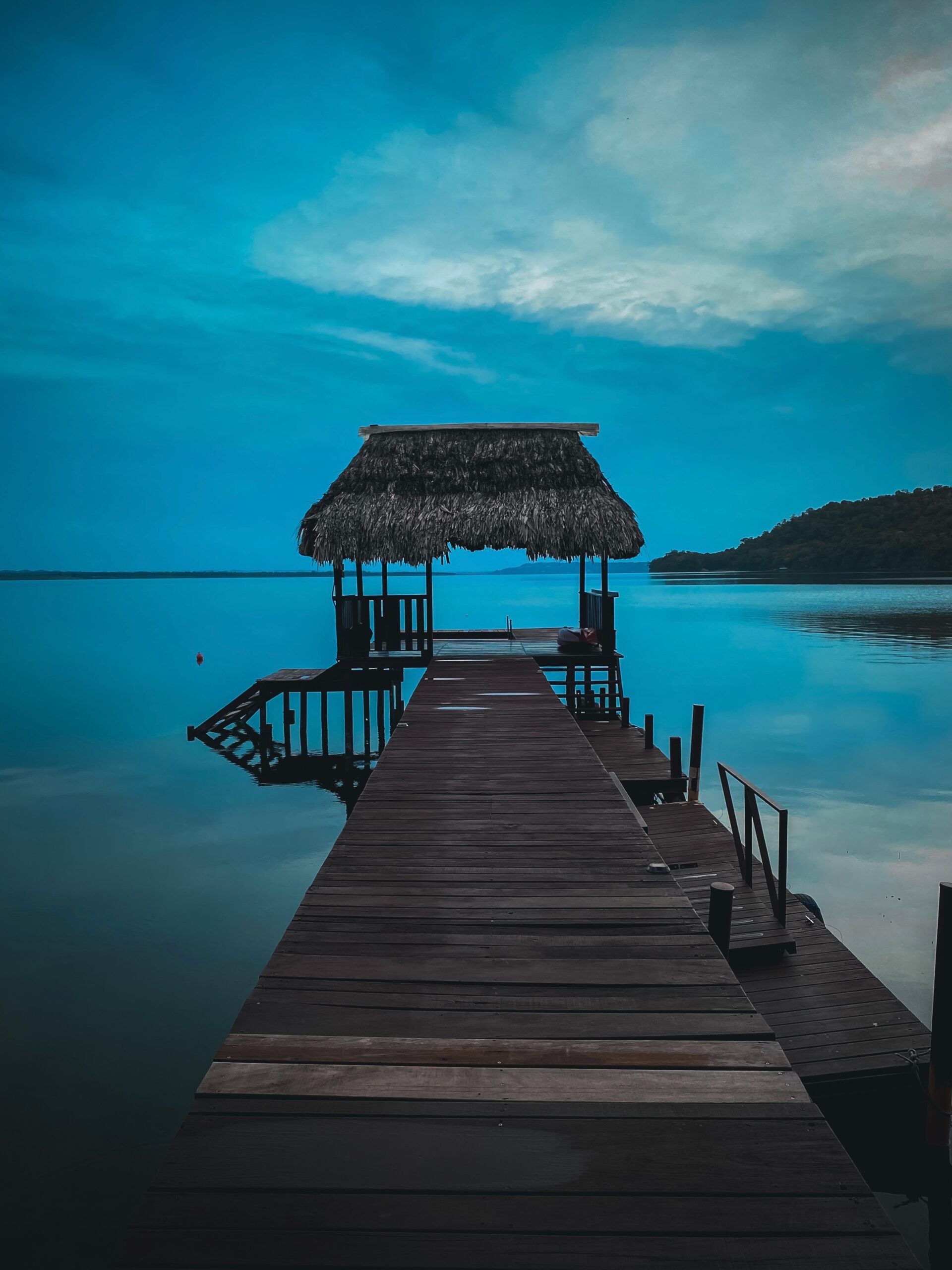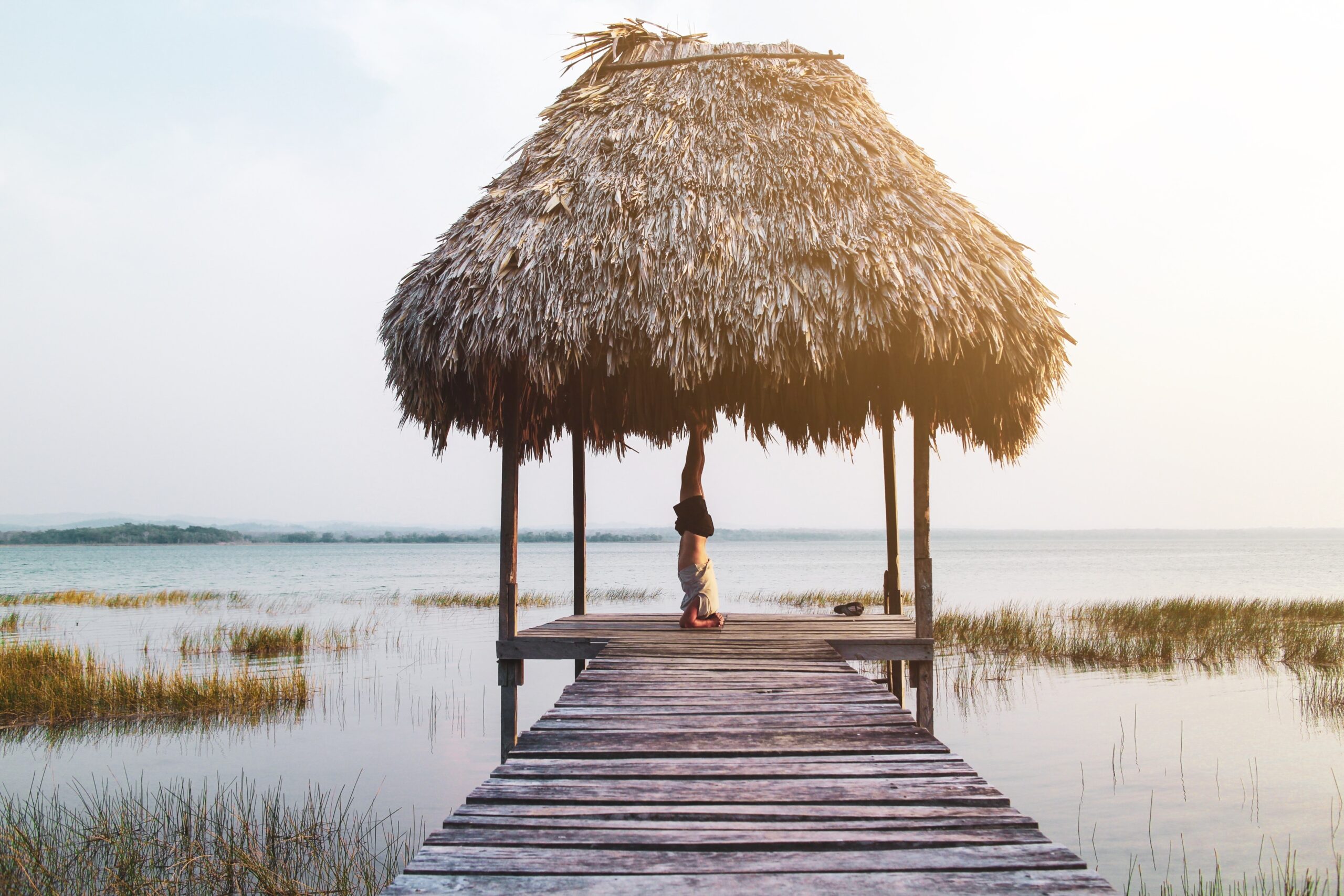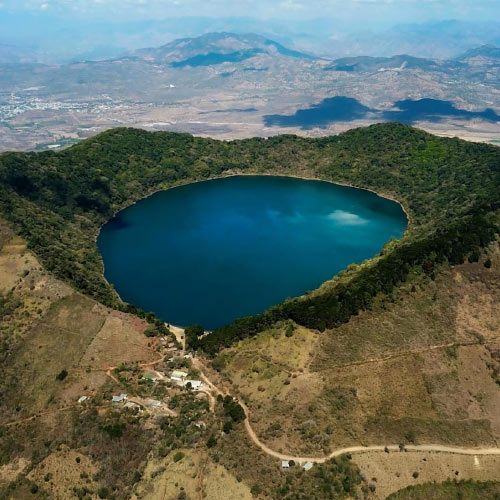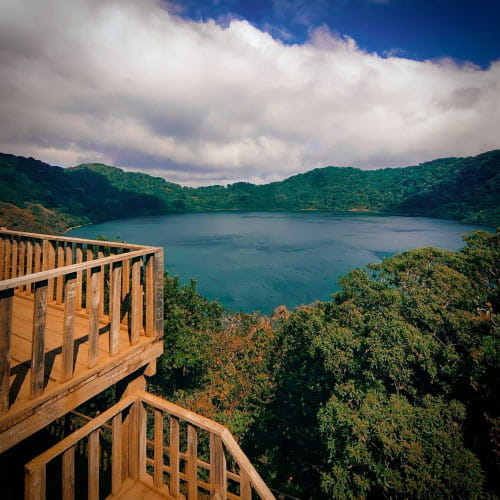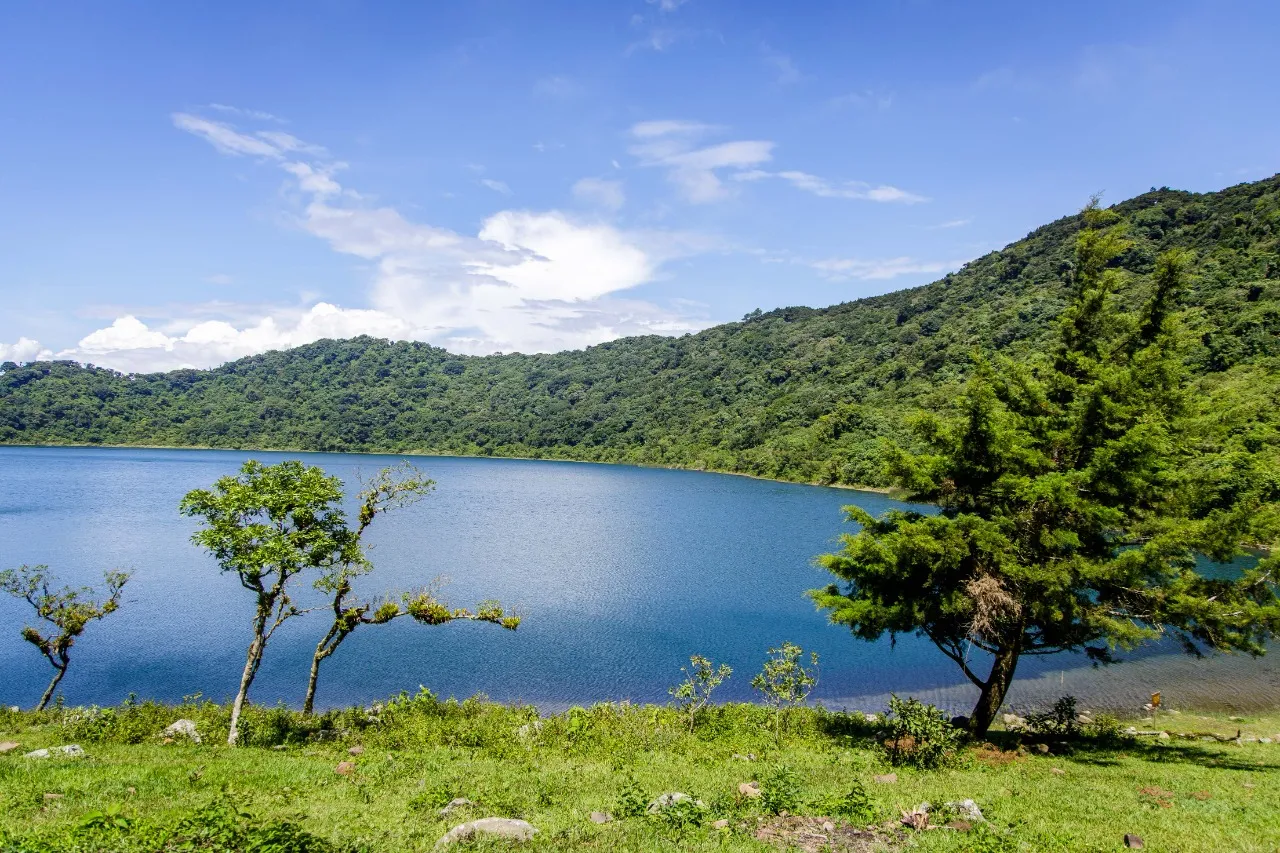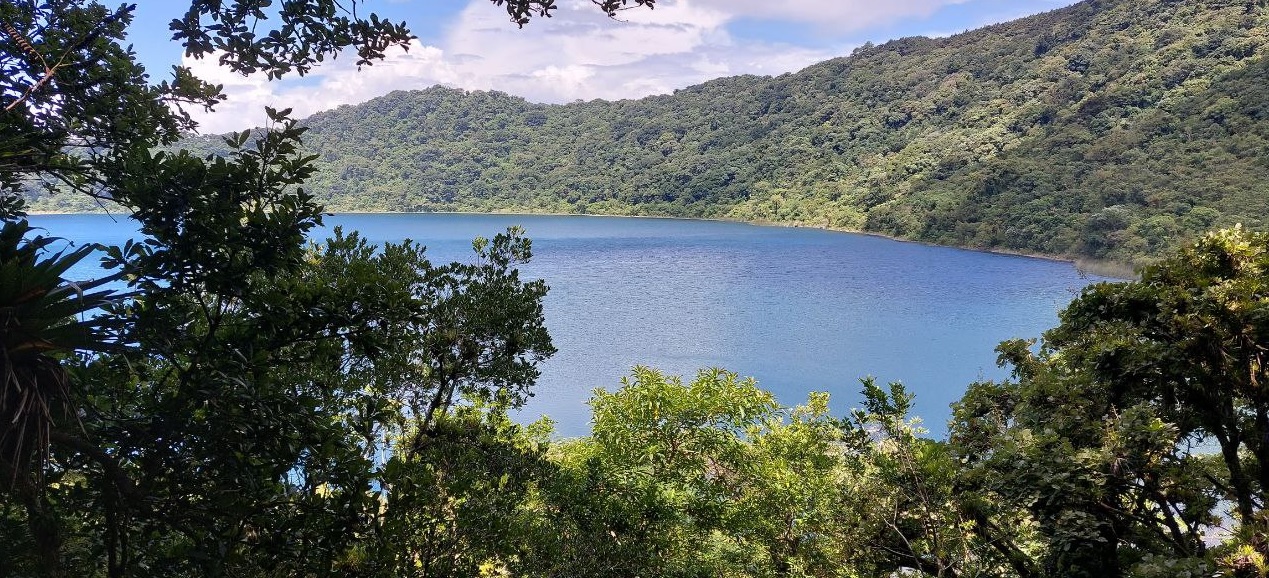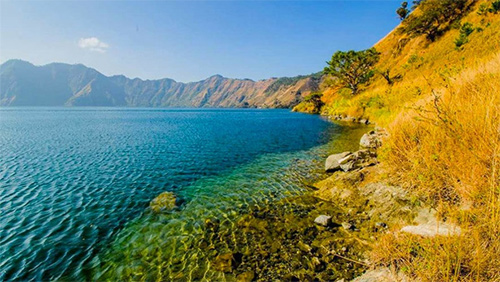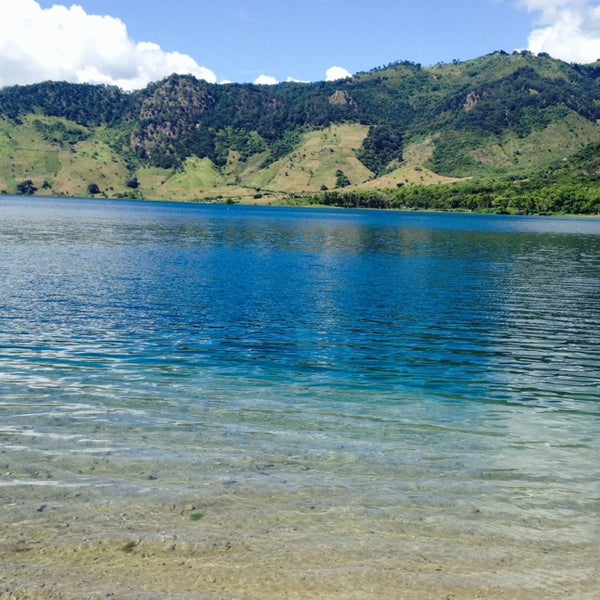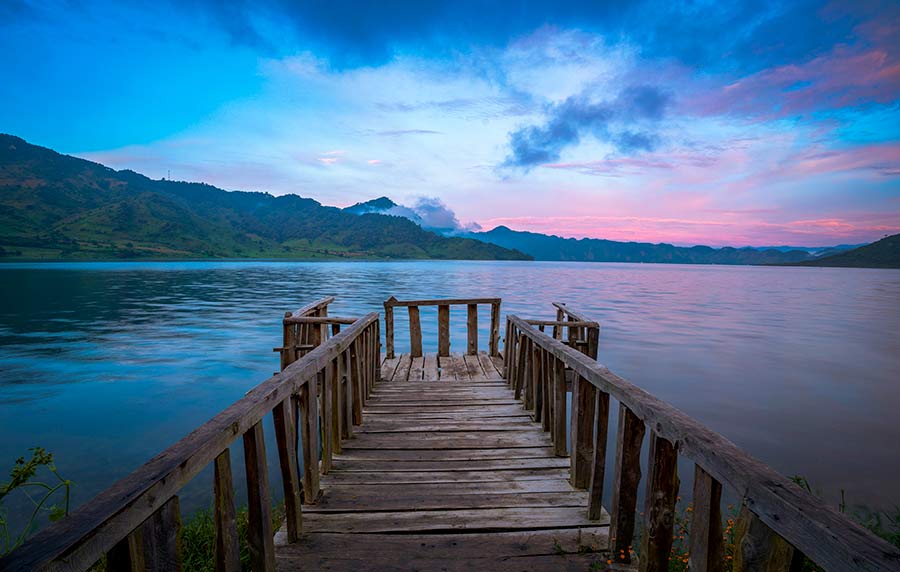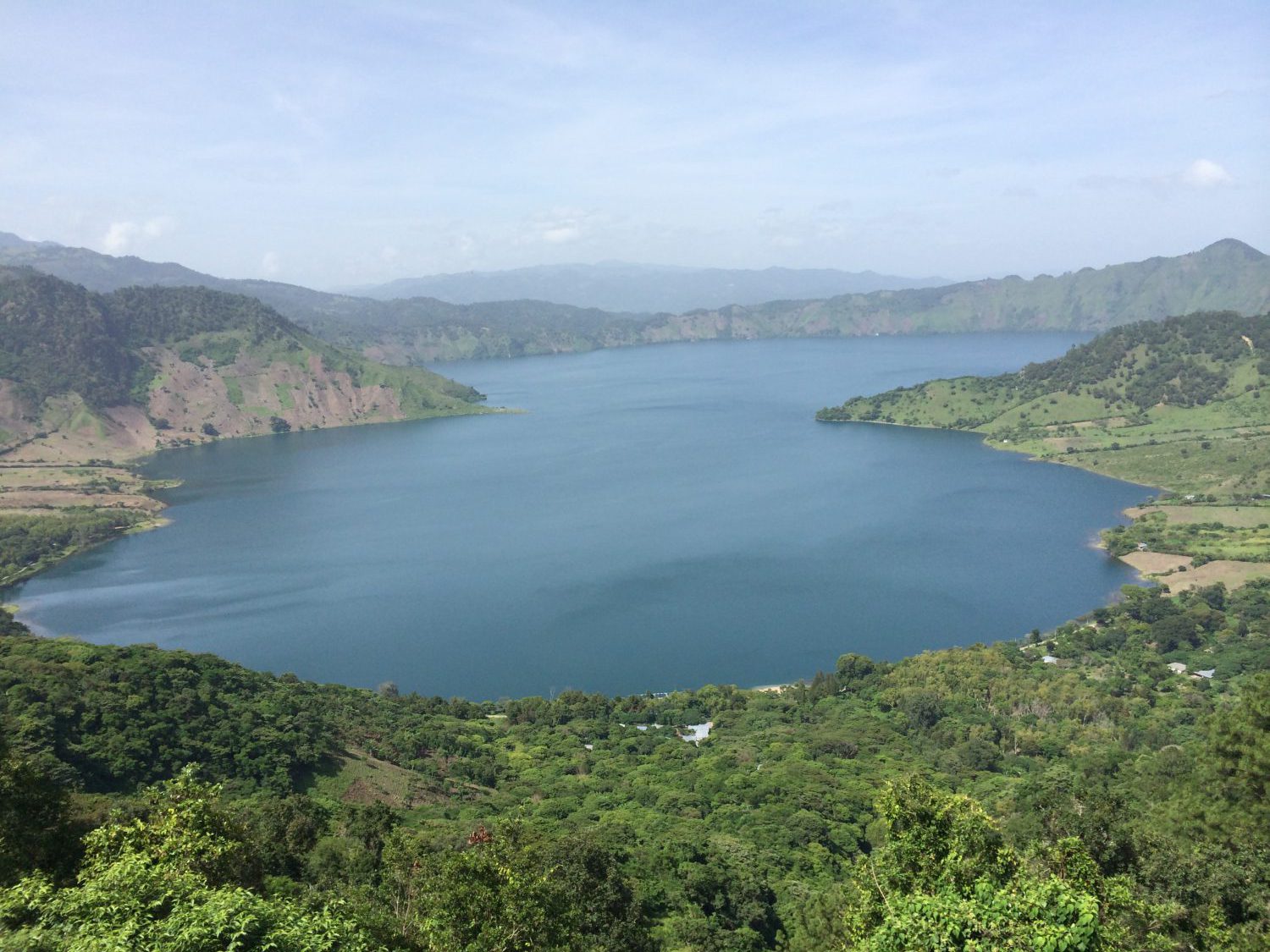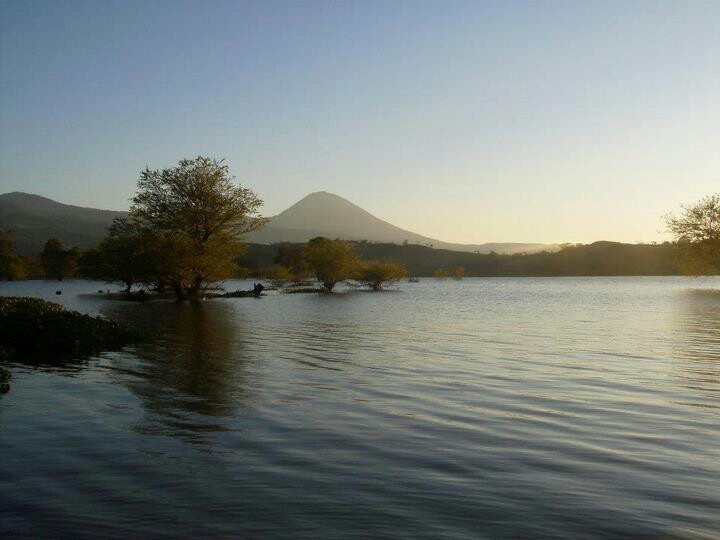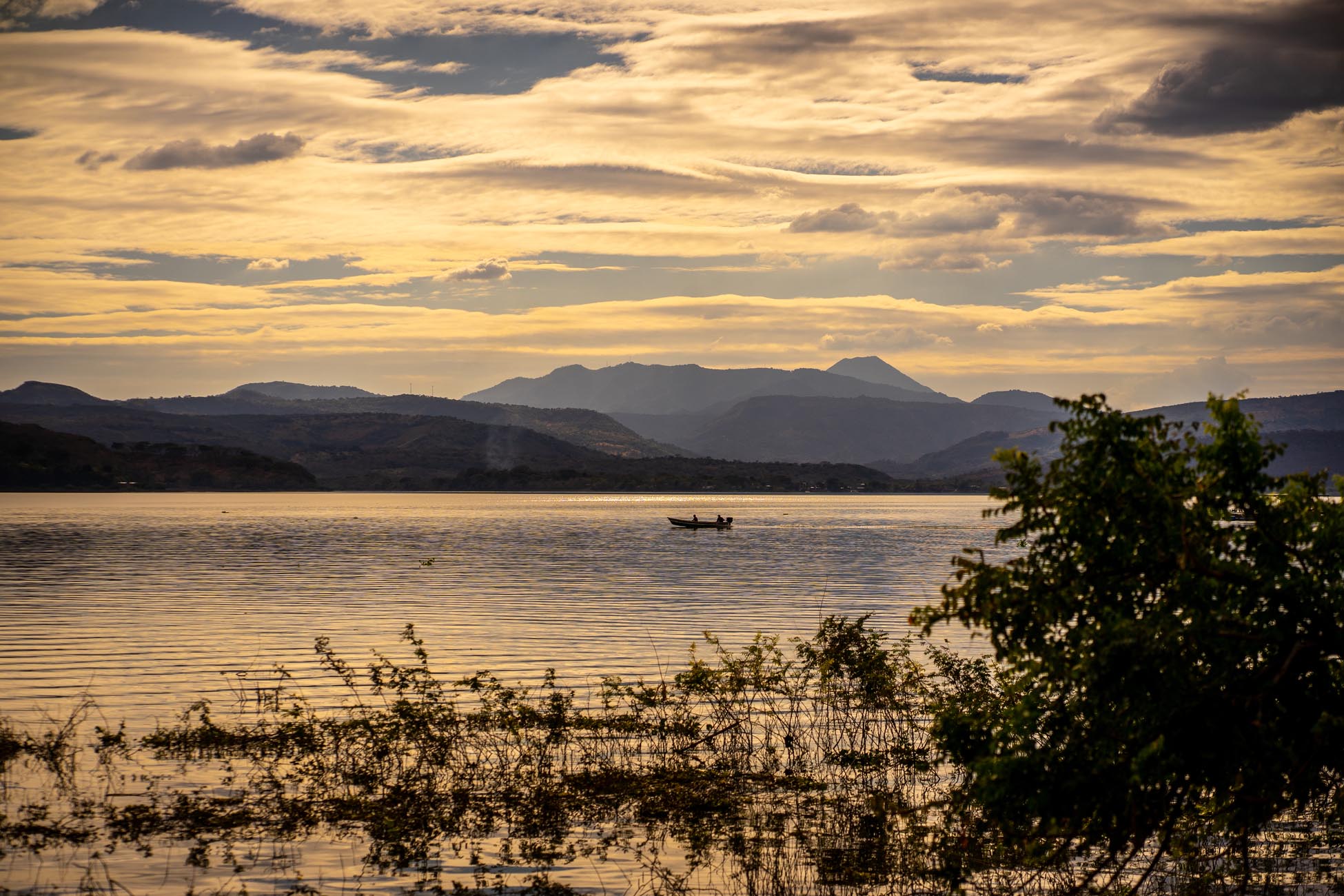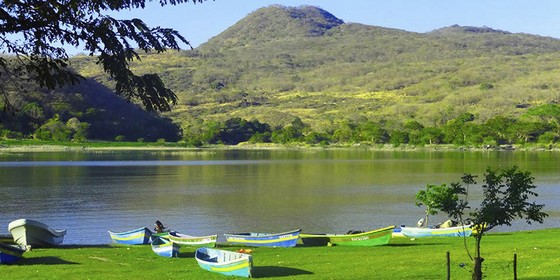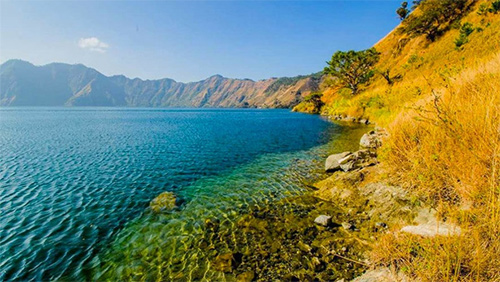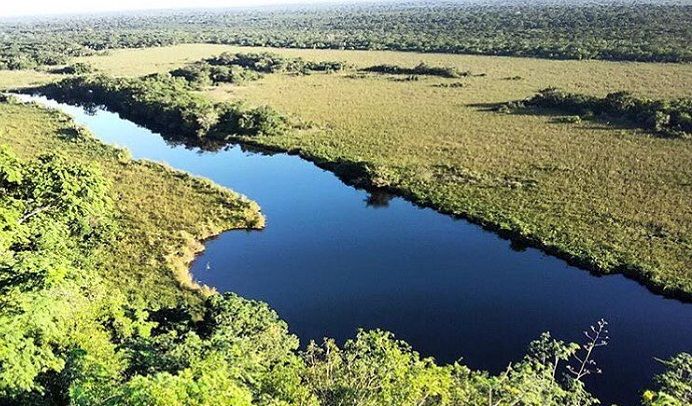Lake Atitlán
Filming at Lake Atitlán: A Breathtaking Cinematic Destination
Nestled in the Guatemalan highlands, Lake Atitlán is a stunning natural wonder renowned for its breathtaking scenery, vibrant culture, and diverse filming locations. Celebrated by explorers like Alexander von Humboldt and publications such as National Geographic as one of the most beautiful lakes in the world, this lake offers an unparalleled backdrop for filmmakers seeking authenticity and striking visuals.
Why Film at Lake Atitlán?
Spectacular Landscapes
Lake Atitlán is one of the most visually captivating locations in Central America. The contrast between the deep blue waters, lush green mountains, and dramatic volcanic peaks creates an ever-changing panorama of light and color, perfect for cinematographic storytelling.
Diverse Locations & Rich Culture
Each of the twelve villages around the lake has a unique character, offering a variety of settings for different types of productions:
- Panajachel: A bustling lakeside town with colorful markets and lively streets.
- San Marcos La Laguna: A tranquil, spiritual retreat surrounded by lush vegetation.
- San Juan La Laguna: Famous for its indigenous art, textiles, and vibrant murals.
- Santiago Atitlán: Rich in tradition, home to the revered Mayan deity, Maximón.
- Santa Cruz La Laguna: A secluded paradise with dramatic cliffs and lakefront views.
Vivid Colors & Natural Light
The lake’s high altitude and clear skies provide filmmakers with a magical golden-hour glow and vibrant hues that enhance any scene. From misty mornings to fiery sunsets, the natural lighting at Atitlán creates mesmerizing atmospheres for film and photography.
Favorable Climate
Lake Atitlán enjoys a mild, spring-like climate year-round, making it a reliable location for filming. With daytime temperatures averaging between 15°C to 25°C (59°F to 77°F), crews can work comfortably without the extreme conditions found in other tropical destinations.
Challenges of Filming at Lake Atitlán
While the lake offers unparalleled beauty, there are some logistical challenges to consider:
- Accessibility: Some villages are only reachable by boat, requiring careful planning for equipment transportation. Additionally, certain picturesque locations may involve hiking up mountains or steep paths to access the ideal filming spots.
- Unpredictable Weather: Afternoon winds (known as Xocomil) can create choppy waters, affecting boat travel and water-based scenes.
- Permits & Regulations: Filmmakers may need to coordinate with local authorities and communities for access to certain locations.
- Limited Infrastructure: Some remote areas have limited road access and resources, requiring additional logistical support.
Despite these challenges, Lake Atitlán remains one of the most mesmerizing and rewarding filming locations in Central America. Whether capturing the mystical beauty of the lake, the rich cultural heritage, or the stunning landscapes, Atitlán provides an extraordinary setting for any film project.
Lake Izabal
Filming at Lake Izabal & Caribbean Guatemala
As Guatemala’s largest lake, Lake Izabal offers a unique cinematic experience, blending lush tropical landscapes with colonial and Afro-Caribbean influences. The lake connects to the Río Dulce, leading to the vibrant coastal town of Livingston on the Caribbean Sea, making it a prime location for films requiring diverse settings.
Key Filming Locations
Castillo de San Felipe: A 17th-century Spanish fort that adds a historic and dramatic element to any production.
Río Dulce: A breathtaking river journey surrounded by steep jungle-covered cliffs and abundant wildlife.
Livingston: A colorful coastal town with a rich Garífuna culture, reggae vibes, and a Caribbean feel.
Puerto Barrios: A lively port city, offering an industrial contrast to the natural beauty of the region.
El Boquerón Canyon: A stunning, narrow gorge perfect for adventurous or nature-themed scenes.
Climate & Light Conditions
Lake Izabal and the surrounding Caribbean coast enjoy a warm, humid climate year-round, with temperatures ranging from 25°C to 32°C (77°F to 89°F). The region experiences occasional tropical storms, especially between May and November, so planning around the rainy season is essential for outdoor shoots.
Challenges of Filming in the Region
Accessibility & Transportation: Some remote locations, such as Livingston, can only be reached by boat, requiring careful logistics.
Weather Variability: The humid climate can affect equipment, and sudden rain showers may disrupt outdoor filming.
Wildlife & Environmental Factors: The lush jungle setting comes with insects, high humidity, and potential wildlife encounters that require preparation.
Despite the challenges, both Lake Atitlán and Lake Izabal offer unparalleled cinematic potential. Whether you’re looking for mystical highland beauty or exotic Caribbean charm, these Guatemalan locations provide visually stunning and culturally rich settings for any film project.
Lake Peten Itzá
Lake Petén Itzá: Sacred Waters of the Mayas
Located in the heart of Guatemala’s northern region, Lake Petén Itzá offers a unique blend of pristine waters, dense tropical forests, and charming lakeside communities. The lake provides an ideal backdrop for productions requiring exotic, untouched landscapes with a serene yet mysterious atmosphere.
Why Film at Lake Petén Itzá?
Diverse Natural Scenery
The lake is surrounded by lush rainforests, rolling hills, and hidden coves, offering a variety of natural settings. Its calm waters reflect the sky beautifully, making it ideal for dreamy or adventure-filled scenes.
Unique Cultural Experience
The town of Flores, situated on an island in the lake, provides a picturesque colonial setting with cobblestone streets, vibrant buildings, and a scenic waterfront. Nearby villages such as San Miguel and El Remate offer more rustic, nature-immersed locations.
Stunning Light & Reflections
The lake’s smooth surface and tropical setting create breathtaking reflections, especially during sunrise and sunset. The golden light at dawn and the deep blues of twilight make for spectacular cinematography.
Tropical Climate
Lake Petén Itzá has a warm, humid climate, with temperatures ranging from 22°C to 34°C (72°F to 93°F). While the dry season (November to April) is ideal for filming, the wet season (May to October) brings lush greenery but also sudden rain showers.
Challenges of Filming at Lake Petén Itzá
Remote Locations: Some of the most breathtaking spots require boat access or jungle hikes, demanding additional logistical planning.
Weather & Humidity: The tropical climate means high humidity, which can affect equipment and require careful storage and maintenance.
Wildlife & Environmental Considerations: Being in a biodiverse region, filmmakers must consider conservation efforts and potential encounters with local fauna.
Final Thoughts
Despite the challenges, Lake Atitlán, Lake Izabal, and Lake Petén Itzá offer unparalleled cinematic potential. Whether you’re looking for mystical highland beauty, exotic Caribbean charm, or tranquil jungle landscapes, these Guatemalan locations provide visually stunning and culturally rich settings for any film project.
Lagoon and Volcano Ipala
The Ipala volcano and lagoon are beautiful Guatemalan tourist attractions located between Chiquimula and Jutiapa. Every day it is visited by dozens of Guatemalans and foreigners, looking for a moment of peace in the nature of the beautiful formation.
It is known that thousands of years ago, the dome of the volcano collapsed and caused an explosion. This left a large crater in the center, which, over the years, formed what is known today as Ipala Lagoon.
Ayarza Lagoon
Laguna de Ayarza is a body of water located inside a volcanic crater in the department of Santa Rosa, Guatemala.
It is believed that it was created around 20,000 years ago, on the caldera of an extinct volcano. It currently has a surface area of 14 square kilometers, as well as a maximum depth of 230 meters. Furthermore, it is not known to have tributaries or drains. Specifically, it is located in Casillas, serving as an ideal environment for fishing, in addition to diving. The most common fish in the lagoon are mojarras, carp and tilapia, among others. In addition, you can find crabs and snails.
Lake Güija
Lake Güija is located in the municipality of Asunción Mita, department of Jutiapa. Its extension and beauty make it currently a great tourist attraction in Guatemala.
The lake basin is shared by Guatemala and El Salvador. It has an area of 44.2 square kilometers. Approximately a third belongs to the territory of Guatemala and the rest is part of El Salvador.
The area is classified as a Ramsar site. This means that it is considered a water surface that fulfills fundamental ecological functions. Therefore, its importance for nature due to its biodiversity is great.
Laguna El Tigre
Laguna del Tigre is part of the Laguna del Tigre National Park and is formed by four lagoons: La canaleta, Gloria, Lago Azul and Lalampa, which together form an area of 337,899 hectares
These join together into one during the rainy season. It is constituted as one of the most important Core Zones the Mayan Biosphere Reserve is great. Of the 16 ecosystems that make up the Reserve, 13 are represented in Laguna del Tigre. Due to its extension, richness and characteristics of its Wetland ecosystem, the area is categorized as a Ramsar Site.

